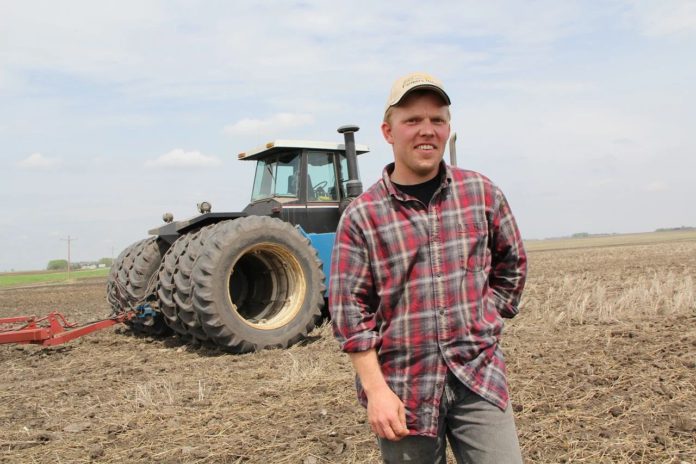The European Commission has published its latest EU Farm Economics Overview report.
The report covers farm income, agricultural output, costs, the role of CAP income support and the characteristics of farms in the EU.
It found that farm incomes have increased over the last decade with “important differences” between EU countries.
Average farm incomes up
According to the report, between 2007 and 2018, the average farm income in the EU grew, reaching €35,300 per farm and €22,500 per annual working unit in 2018.
However, “significant differences” can be observed across the EU and based on farming type, gender, age and level of training of farm holders and managers.
The report found that Irish farmers receive an average nominal gross hourly wage of €12.10 per hour for paid labour.
The report provides an overview of key economic developments in European agricultural holdings up to 2018.
It is based on data collected for the farm accountancy data network (FADN). The analysed period covers data from 2007 to 2018.
EU Farm Economics Overview report
Farm types
An increase in the value of agricultural output, both for crops and livestock production, respectively by 34% and 36%, has led to a farm income increase over the analysed period.
In terms of income per annual working unit, the highest average income was recorded in 2018 at €22,500. This was a “slight” increase of 0.3% compared to 2017 and 41% higher than in 2007.
Regarding income differences across the EU, the highest income per annual work unit (AWU) was in the North-West. Meanwhile, the lowest was in the eastern part.
Farms specialising in granivores, wine, horticulture and dairy had an income per AWU above the EU average in 2018.
In contrast, it remained below average for permanent crop farms, excluding wine producers, farms specialising in grazing livestock, excluding dairy, and mixed farms.
Gender
The analysis found that, on average, farms run by women had a lower income per AWU (38% lower than those run by men).
This also depends on the type of farming and farm size. For example, women run on average smaller farms in terms of both size and output.
“The income gap by sex concerns all types of farming, with the biggest gap observed in dairy and field crop.”
Age
In terms of age at EU level, farms run by managers 40-years-old or younger have the lowest income on average, followed by managers above 60.
However, for a vast majority of EU countries, farms run by managers above 60 have the lowest income.
“This difference at national level is mainly due to the fact that the majority of EU young farmers are in countries with lower than average income levels.”
For example, 47% of young farmers represented in the FADN are in Poland and Romania.
Finally, farms run by managers with basic or full agricultural training have higher income per AWU (+59%) than those with managers that have only practical experience.
This applies to almost all EU countries, types of farming and farm sizes at EU level.
Meanwhile, Teagasc has published the results of its mid-year outlook for 2021.





